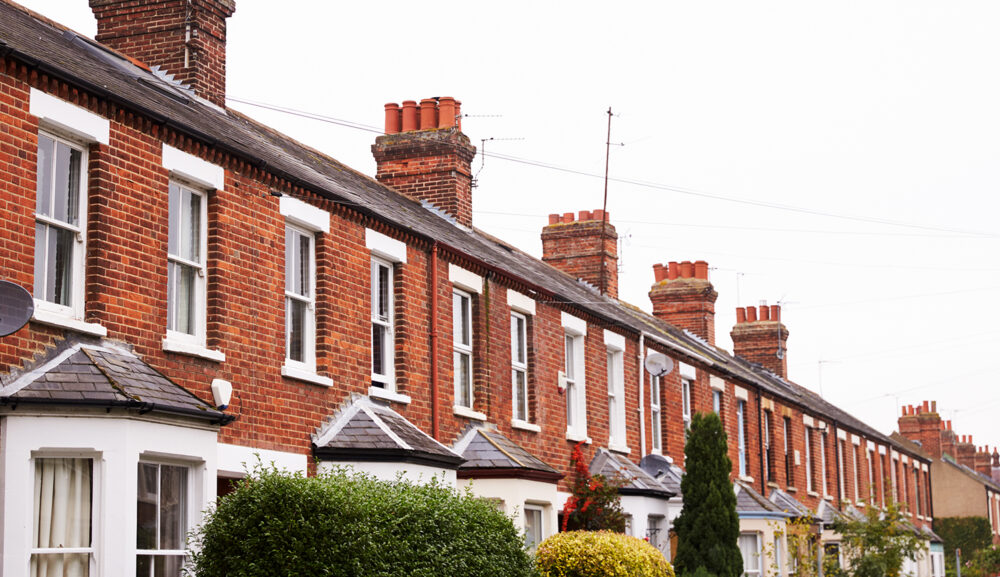The country is in the grip of a housing crisis with a need for new housing but an inability to provide the amount it requires. This is in part due to not enough houses being built arising from an insufficient workforce, restrictions on where houses can be built, and local opposition due to inadequate infrastructure. One often quoted solution is for better design.
The Government’s National Planning Policy Framework (NPPF) devotes a whole section to design with the implied suggestion that well designed development will be more likely to gain planning permission and more quickly.
Notwithstanding that, every planning authority will indicate within its adopted Local Plan that it expects good quality design to many poor developments are approved. Of course there is no definition of what is good design. Even where Council’s provide Design Guides they are usually very basic and often ignored. It is a failing of the planning system that since its inception in 1948 we have witnessed a fall in the quality of the houses and commercial buildings which have been approved.
From identical house types from Land’s End to John o’ Groats, and stuck on features to commercial properties which are little more than tin sheds, our legacy is pitiful, based on short term profit rather than providing buildings we can be proud of.
While Council’s and the Planning Inspectorate must shoulder much of the blame, the building industry must also take some responsibility. Profit comes first meaning the minimum one can get away with in the quality of design and materials. Even where time is spent negotiating good design the actual build is not overseen and important details may be toned down or omitted.
Some of this is due to the lack of design training among professionals. I have met too many architects and draughtsmen who do not look beyond the confines of the site. While their schemes may be well-designed in themselves they pay no regard to the context in which it sits. This may be because the client wants whatever the latest fashion may be, but surely part of the role of an architect is to guide the client not blindly draw what they ask for.
Even if we could get agreement on what is good design it is not the panacea to the housing crisis. Many buyers would put design well down their list of requirements, being guided more by cost, location and internal features.
For neighbours they are more influenced by the day to day issues of increased traffic, lack of health services and strains on existing infrastructure and are not going to accept development in their community just because someone deems it good design.
There are many obstacles to building more houses, but while design should not be overlooked it is not an easy solution to the deep-rooted problems the country faces.


